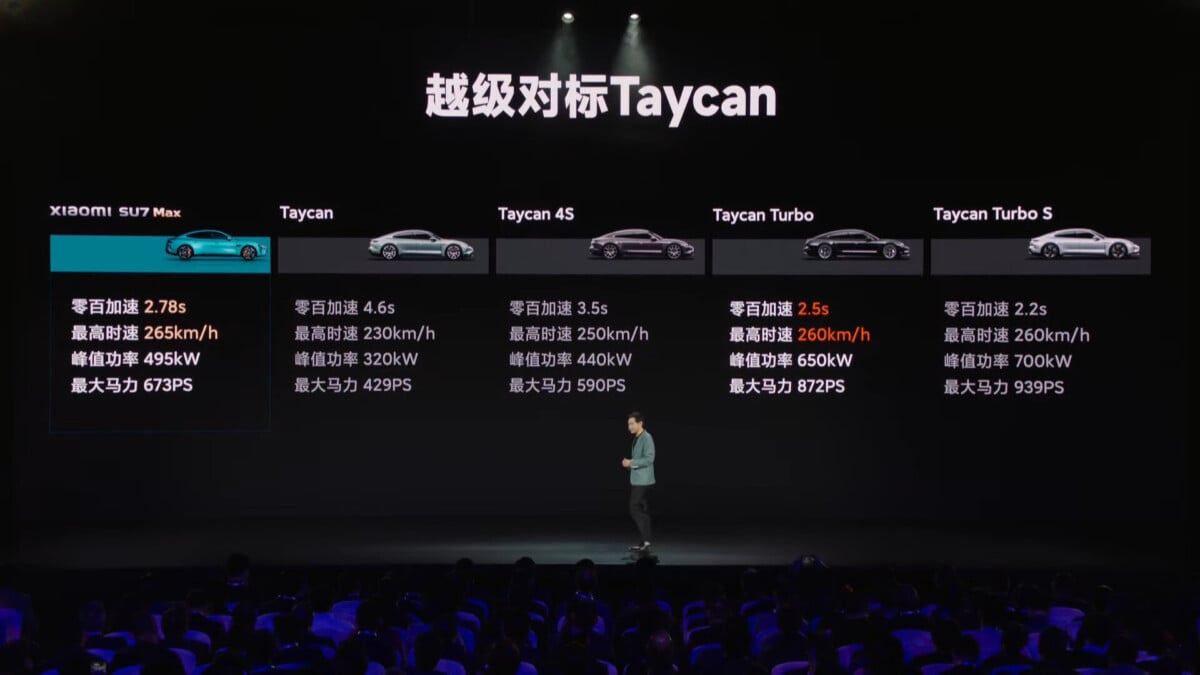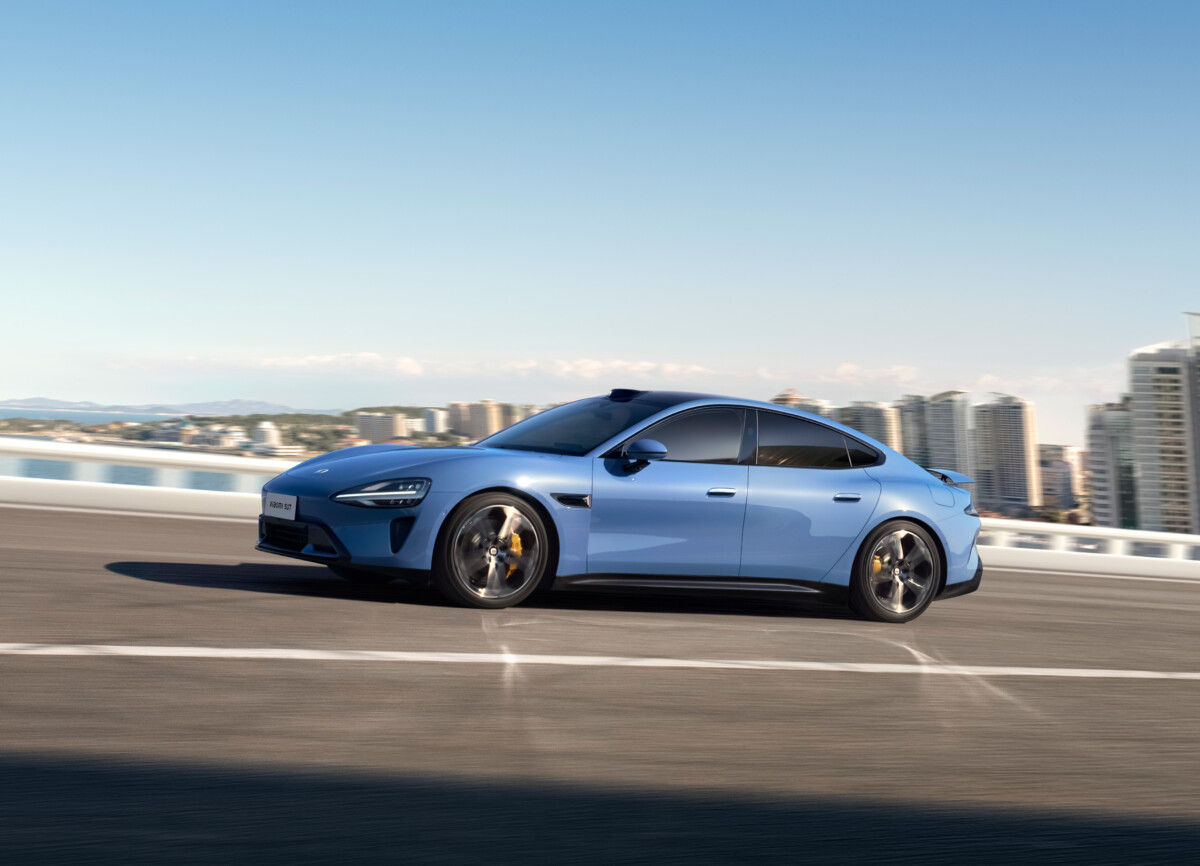Xiaomi’s new electric car costs less than a Tesla, while offering more autonomy. Xiaomi boss Lei Jun has just spoken out to explain how this is possible. In reality, Xiaomi is losing money with its SU7 electric car but could well revolutionize the market in the years to come.
Xiaomi’s electric car, the SU7, is impressive in several ways. But what surprised us the most during the press conference on March 28, 2024 was the price of the different models. Xiaomi’s electric car is cheaper than a Tesla Model 3, offers more autonomy and technologies that cannot be found anywhere else.
How is it possible ? During the press conference, Xiaomi boss Lei Jun clarified that he was losing money with the cheapest model, sold from 215,900 yuan (around 28,200 euros). In an interview given to Cailan Press and taken up by the Chinese media IT Home, the boss of the company returned in detail to the prices of his electric car.
“We are losing money with these tariffs”
Initially, the Chinese businessman thought he would sell the Xiaomi SU7 starting at 229,000 yuan. Some rumors even announced 239,000 yuan. But Lei Jun had to change his mind, because of the price war that has been taking place for about a year in the electric car sector. A price war led by many Chinese manufacturers, but also by Tesla.

The boss specifies, in this regard, that “ the standard version of the Xiaomi SU7 is sold for 30,000 yuan less than the Tesla Model 3“. Before adding that “ we are losing money with these tariffs and we must be able to bear the losses“. Lei Jun recognizes that in the field of 100% electric cars, “ apart from Tesla, I don’t see who still manages to make money“.
It is true that 100% electric manufacturers have many financial difficulties. We can cite Lucid and Rivian, but also Aiways in China or Fisker, closer to us and on the verge of bankruptcy. Tesla’s biggest competitors (BYD and Volkswagen) are not specialized in 100% electric. The first also sells plug-in hybrid cars while the second still sells diesel and gasoline cars.
How can Xiaomi win this battle?
How can Xiaomi break into the electric car field while losing money? We can outline some hypotheses, remembering that a financial analyst had sounded the alarm a few months ago. The reason: Xiaomi’s immense need for cash to produce its electric car, which could endanger the company’s finances.

The first reason that makes us believe in Xiaomi’s electric car is its commercial success. In 24 hours, the Chinese brand has already sold 88,898 copies, with a reservation (5,000 yuan, around 600 euros) non-refundable after 7 days. It is enormous. For comparison, when the Tesla Model 3 was launched, the American company had collected 180,000 reservations in 24 hours, but with a deposit of $1,000, fully refundable. Above all, we had to wait several months (even years) before the deposit was paid and delivery.
Here, Xiaomi will deliver its first cars next week. But we will surely have to be patient, since it is already said that the production capacity for 2024 is exhausted with all of these orders.
Dry out the competition, like on the smartphone?
But commercial success does not necessarily mean good financial health. If Xiaomi loses money on every order, the total loss in 2024 could be colossal. We imagine that Xiaomi is trying to put the successfully implemented method into practice on the smartphone market.
As Luo Yonghao, a Chinese entrepreneur, recalls on IT Home, Xiaomi managed to kill Chinese competition in the smartphone market with the launch of the first Redmi. An Android smartphone sold for 799 yuan (around 100 euros) in 2013, which was unthinkable at the time. The man specifies that “ all the manufacturers who manufactured smartphone clones in China went bankrupt at that time“.

Xiaomi could therefore try to adopt the same strategy on electric cars. Sell at a loss for a few years, while the competition dries up. Then increase prices (and margins) little by little, to finally make money with electric cars.
Other companies in the field are trying to do the same thing, but with immense debts. Xiaomi’s advantage is its cash flow, and the fact that the brand already makes a lot of money with its other technological products. If this technique can work in China, it will have to be successfully implemented internationally. A much more complicated challenge.
